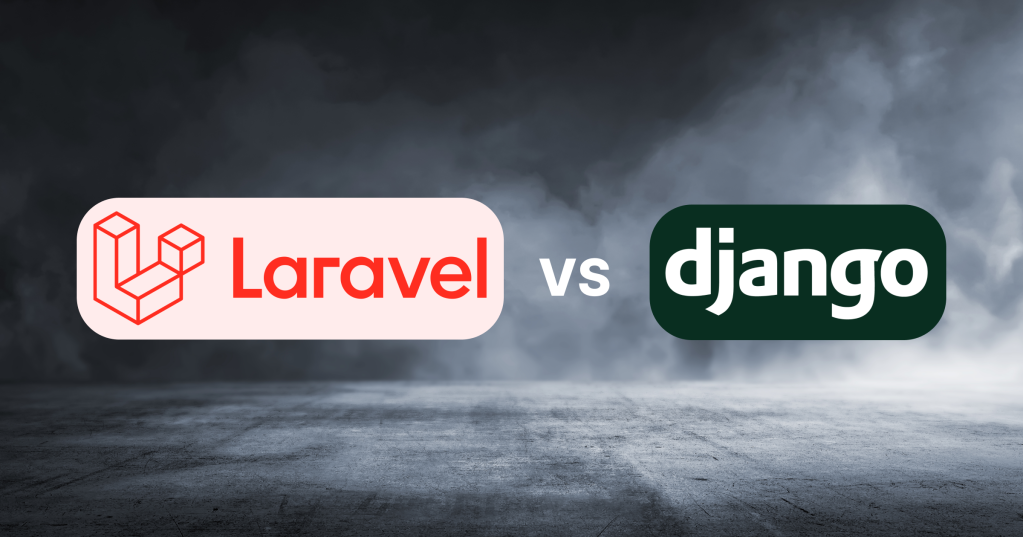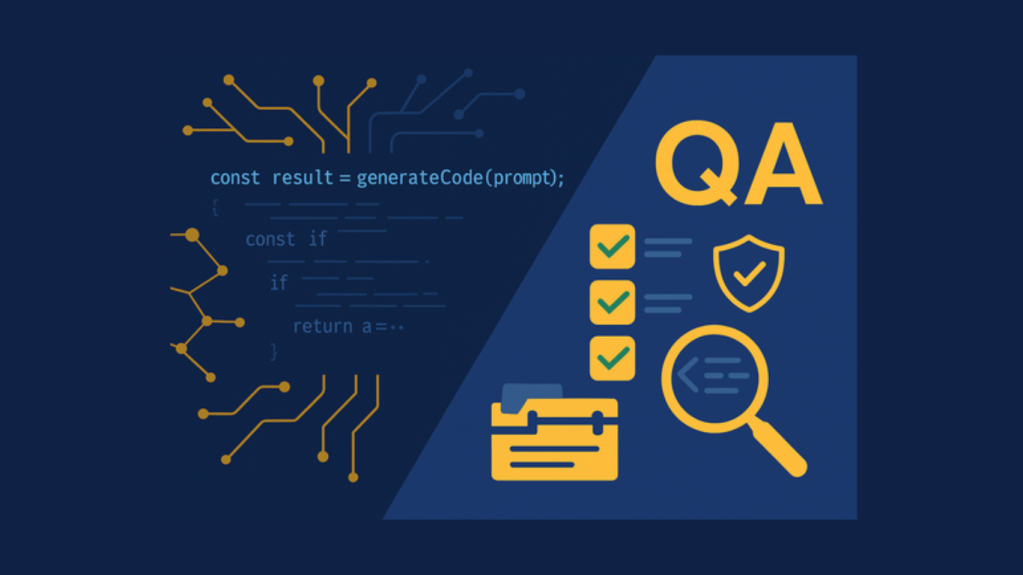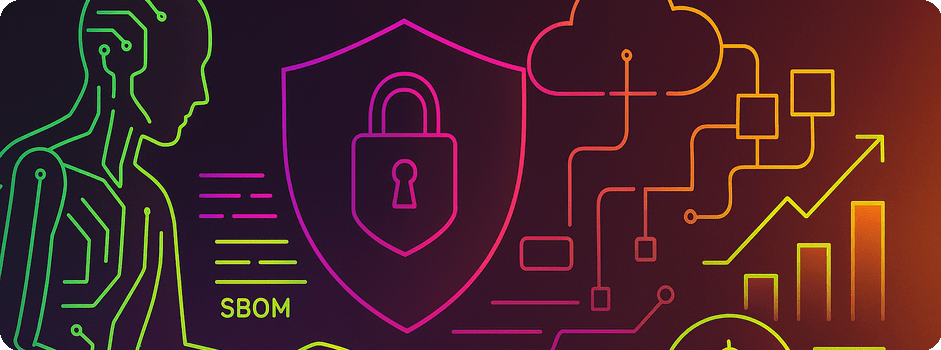A Comprehensive Guide for Web Developers
In the dynamic world of application development, choosing the right framework can be a pivotal decision for the success of your project. Laravel and Django stand out as popular choices among the myriad of available options. This blog post dives into a comprehensive comparison of these two frameworks to help you make an informed decision.
History of Laravel and Django
Laravel, born out of the desire to create a more advanced alternative to the CodeIgniter framework as well as other early PHP frameworks, has evolved into a robust framework known for its elegant syntax and rich features. It’s widely used for building everything from small websites to large-scale enterprise applications.
On the other hand, Django emerged to simplify the application development process. Its “batteries-included” philosophy means it comes packed with features out-of-the-box, making it a go-to choice for rapid development.
Both frameworks are very complete and give developers tools right out of the box to start building their applications quickly. Below we’ll break down some of the differences.
Language Base
Laravel is built on PHP, a language known for its widespread use on the web. PHP’s vast ecosystem and continuous improvements make Laravel a strong contender for various app projects.
Django is Python-based, benefiting from Python’s readability, simplicity, and wide-ranging applications beyond just application development, from data analysis to artificial intelligence.
Architecture
Laravel utilizes the model-view-controller (MVC) architecture, facilitating a clear separation of business logic and presentation layers. This architectural pattern is familiar to many developers and is advantageous for maintaining large applications.
Django adopts a model-view-template (MVT) structure, slightly different from MVC. It emphasizes reusable components and plug-and-play functionality, making it incredibly efficient for developers.
Ease of Use and Learning Curve
For beginners, Laravel’s expressive syntax and supportive community make learning relatively easy. Its extensive documentation covers everything from basic to advanced topics.
Django is also beginner-friendly, especially for those already acquainted with Python. Its detailed documentation and tutorials are excellent resources for new Django developers.
Performance and Scalability
Both frameworks can handle growing traffic and data in terms of scalability when it comes to performance. However, performance can vary based on the complexity of the application and the environment setup. It’s important for developers to design their application architecture for the scale at which it needs to grow, whether using Django or Laravel.
Security Features
Security is a paramount concern in web development. Laravel provides robust security features like user authentication, SQL injection prevention, and cross-site request forgery protection.
Django’s security framework is extensive, offering protection against a variety of security threats, including clickjacking, cross-site scripting, and forgery.
Community and Support
Laravel boasts a vibrant community with numerous forums, tutorials, and third-party packages available for assistance. Laravel also has one of the most active communities in terms of developer sentiment. Often when the creator, Taylor Otwell, announces new feature releases at Laracon, it can have the energy of Steve Jobs launching the iPhone.
Django’s community is also quite active, offering abundant resources, plugins, and an annual conference to keep developers engaged and informed.
Cost and Hosting Requirements
The costs associated with Laravel and Django projects can vary. While both frameworks are open-source and free to use, hosting and development costs depend on the project’s complexity and scale.
Further Reading and Resources
For more detailed insights, you can visit Laravel’s official documentation and Django’s official documentation, as well as various online community forums and tutorials.
Use Cases
Both frameworks have been used to build successful applications. Laravel, with its flexible and scalable nature, has been used for content management systems, API backends, and more. Due to its efficiency and robustness, Django has been utilized for high-traffic sites like social media platforms and news sites.
Laravel Use Cases
SaaS Products: Due to the speed at which developers can build new features on Laravel, it’s often a top choice for technical founders and SaaS technology leaders when building new SaaS products they aim to introduce to market.
E-Commerce Platforms: Laravel’s robust features and secure environment are well-suited for creating sophisticated e-commerce applications. The framework can easily handle complex functionalities like payment processing, inventory management, and customer data handling. Laravel’s ecosystem includes packages like Bagisto and Aimeos that are specifically tailored for e-commerce solutions.
Content Management Systems (CMS): Laravel is often chosen for building custom CMS platforms because of its flexibility and scalability. Its MVC architecture enables creating unique and complex content management functionalities tailored to specific business needs.
API Development: Thanks to Laravel’s built-in support for API development, it’s an excellent choice for building RESTful APIs. This is particularly useful for businesses looking to create a backend for mobile applications or to allow third-party integrations with their services.
Enterprise Applications: Large businesses often prefer Laravel for its scalability and robustness. The framework can support high-demand applications with complex business rules, extensive data handling, and integration with other systems.
Django Use Cases
Data-Driven Apps: Django, with its “batteries-included” approach, is ideal for applications that handle large volumes of data and complex data operations, like aggregation, filtering, and reporting. Examples include analytics platforms and financial data analysis tools.
Social Media Platforms: Django’s ability to handle high traffic and efficient data management systems make it an excellent choice for social media applications. It can efficiently manage user interactions, real-time data updates, and content management.
Scientific Computing Platforms: The Python ecosystem, particularly its robust set of libraries for scientific computing and data analysis, makes Django a go-to framework for building web interfaces for scientific applications. This can range from data collection platforms to interactive tools for data visualization.
Educational and Learning Management Systems: Django is often used to build educational platforms and learning management systems due to its robust security features, scalability, and ability to handle complex data structures. It can efficiently manage user data, course materials, and interactive learning tools.
Conclusion
Both Laravel and Django have diverse applications, making them suitable for a wide range of web projects. Choosing between them often depends on specific project requirements, the technical background of the development team, and the particular strengths of each framework. Both frameworks offer robust capabilities, extensive support, and scalability to accommodate diverse application development projects.
As an official Laravel partner, Curotec brings a deep understanding of the framework, offering expert guidance and tailored solutions that leverage Laravel’s full potential. This partnership signifies a level of trust and proficiency in delivering high-quality Laravel-based solutions, which can be a valuable asset for businesses seeking professional development services.
In the end, whether you choose Laravel or Django, both frameworks are powerful web development tools, each capable of bringing your project to life with efficiency and elegance.
Are you looking for a development partner for your software project?
Get in touch with Curotec on a no-cost discovery call to learn how we can support your product engineering needs.









